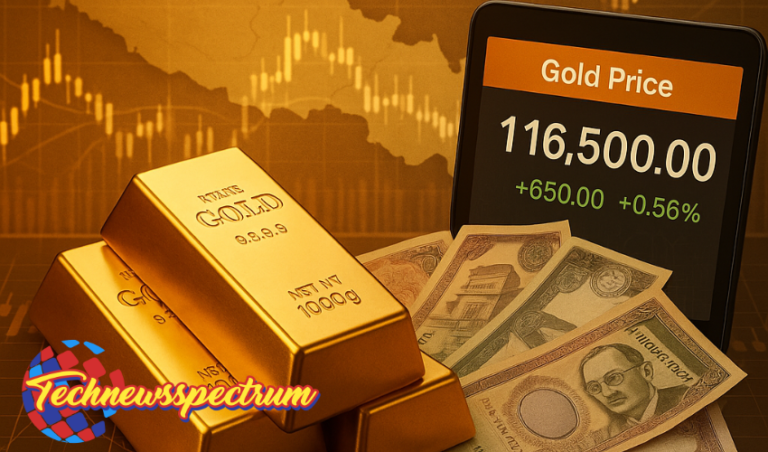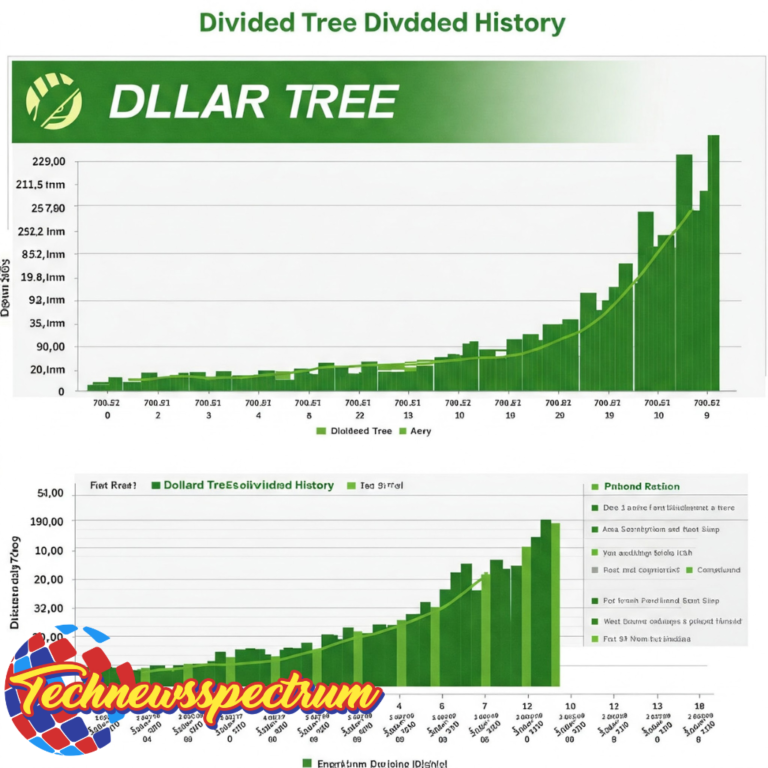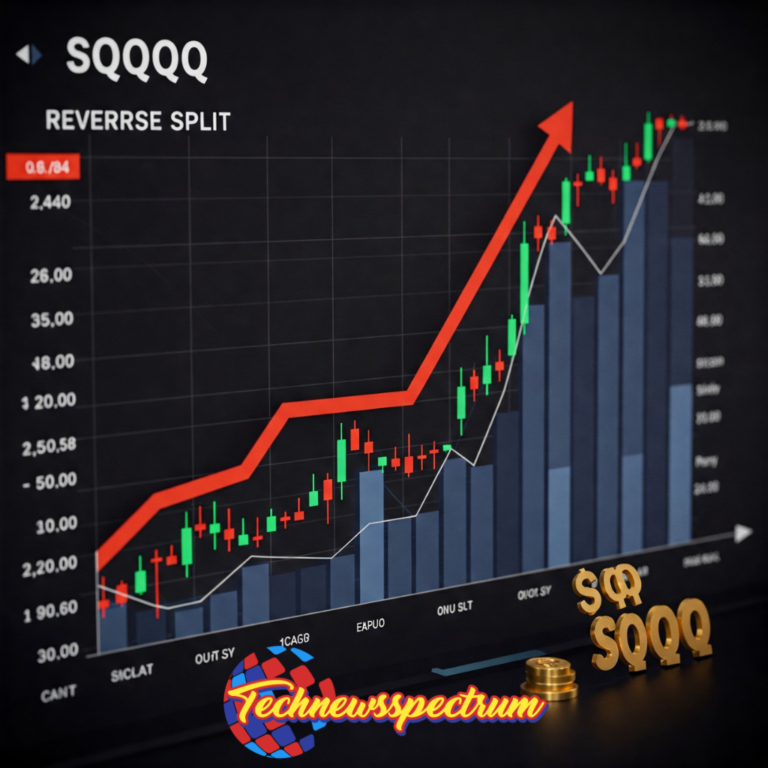Crypto Market Cap Understanding Its Importance and Impacts
Table of Contents
| Section | Topic |
| 1 | What is Crypto Market Cap? |
| 2 | Understanding Market Capitalization in Cryptocurrency |
| 3 | How is Crypto Market Cap Calculated? |
| 4 | Importance of Market Cap in Cryptocurrency |
| 5 | Different Types of Market Cap in Crypto |
| 6 | Market Cap and its Relationship with Liquidity |
| 7 | Impact of Market Cap on Investors |
| 8 | Crypto Market Cap Trends and Analysis |
| 9 | Factors Influencing Crypto Market Cap |
| 10 | Advantages of Understanding Crypto Market Cap |
| 11 | How to Use Market Cap for Investment Decisions |
| 12 | Common Misconceptions About Crypto Market Cap |
| 13 | Future of Crypto Market Cap |
| 14 | FAQs About Crypto Market Cap |
| 15 | Conclusion |
What is Crypto Market Cap?
Crypto market cap refers to total monetary value of a cryptocurrency calculated by multiplying current price by circulating supply. This value is a core metric used to compare cryptocurrencies and assess their overall presence in financial ecosystem.
Unlike traditional assets cryptocurrencies are decentralized. This aspect adds layers of complexity when evaluating their worth making market cap a vital reference point.

Understanding Market Capitalization in Cryptocurrency
In digital finance market capitalization measures comparative size of cryptocurrencies. It serves as a benchmark for investors analyzing relative strength and traction among various digital assets.
Market Cap vs. Price
Price alone does not reveal a cryptocurrency’s actual scale. For instance a coin priced at $1 with a billion coins in circulation has a larger market cap than a $100 coin with only 100000 in circulation.
Market cap is crucial when ranking assets. Bitcoin consistently leads in this space not because of price alone but due to a high circulating volume and widespread adoption.
How is Crypto Market Cap Calculated?
Formula for calculating market cap is
Market Cap = Current Price × Circulating Supply
Example
If Ethereum is trading at $2500 and there are 120 million ETH in circulation
2500 × 120000000 = $300000000000
Result reflects Ethereum’s estimated market value. This number changes constantly as prices and supply data update in real time.
Accurate supply data is crucial which is why investors refer to verified sources like CoinMarketCap or CoinGecko for real time updates.
Importance of Market Cap in Cryptocurrency
Market cap acts as a reference point for assessing size and stability of a digital asset. Here’s how it helps
1. Assessment of Market Size
Assets with large market caps indicate significant participation suggesting trust and maturity. Bitcoin and Ethereum dominate this tier.
2. Relative Comparison
Investors use market cap to compare new tokens with established ones. A mid cap coin climbing in market cap rankings may indicate growing interest or utility.
3. Investment Screening
It helps in identifying which cryptocurrencies may be safer or more volatile. Coins with smaller market caps may be newer or riskier while those with larger caps have a proven track record.
Different Types of Market Cap in Crypto
Crypto assets are generally categorized based on their market cap
| Type | Market Cap Range | Characteristics |
| Small Cap | <$1 Billion | High risk high reward newer projects |
| Mid Cap | $1 to 10 Billion | Moderate risk balanced potential |
| Large Cap | >$10 Billion | Stable well known widely adopted |
Understanding these categories helps investors gauge potential returns and exposure to risk.
Market Cap and Its Relationship with Liquidity
Liquidity refers to how easily a digital asset can be bought or sold without impacting its price significantly.
Why Liquidity Matters
Higher market cap often correlates with higher liquidity. A coin with significant trading volume can handle large buy/sell orders with minimal slippage.
For instance Bitcoin enjoys deep liquidity due to its large cap attracting institutional and retail investors alike.
Lower cap coins may have erratic price swings as fewer trades can influence market value.
Impact of Market Cap on Investors
Market cap influences strategy by acting as a guide for investment allocation.
Risk Evaluation
Higher market cap generally means less volatility making these coins suitable for long term holders or conservative investors.
Smaller market cap assets may experience fast price movements attracting those with higher risk tolerance.
Portfolio Management
Balanced portfolios often include a mix of large mid and small cap cryptocurrencies. This approach helps mitigate risk while maintaining growth opportunities.
Crypto Market Cap Trends and Analysis
Trends in market cap can indicate wider industry movements and investor behavior.
1. Fluctuating Sentiment
Market cap surges often align with bullish sentiment while drops may reflect caution or uncertainty.
Tracking market cap during different economic events or regulatory announcements reveals how responsive investors are to external factors.
2. New Entrants
Coins entering top 100 by market cap may signal emerging projects worth attention.
An increase in market cap without substantial volume can be a red flag hinting at artificial inflation or manipulation.
Factors Influencing Crypto Market Cap
Numerous elements can influence market cap of a cryptocurrency
1. Price Movements
As prices rise so does market cap. Significant events like partnerships regulatory clarity or product releases can cause spikes.
2. Circulating Supply Adjustments
Changes in circulating supply via coin burns or mining can shift market cap dramatically.
3. External News and Sentiment
Positive media coverage institutional involvement or global macroeconomic events can either boost or reduce market cap.
Advantages of Understanding Crypto Market Cap
A solid grasp of market cap gives investors several benefits
- Prioritizing Investments Helps in ranking digital assets for potential opportunities.
- Evaluating Volatility Smaller caps tend to show stronger price fluctuations.
- Comparative Analytics Allows easy comparison across sectors or similar coins.
This knowledge enables better asset selection and more resilient portfolio structures.
How to Use Market Cap for Investment Decisions
Strategic use of market cap includes
Selecting Entry Points
Investors may prefer large caps during downturns and look to small caps during bullish runs to maximize gains.
Long Term Planning
Those seeking stability may anchor portfolios with large cap assets. Those aiming for growth might add small cap cryptos with strong fundamentals.
Monitoring changes in market cap rankings over time can also inform whether a coin is gaining or losing traction.
Common Misconceptions About Crypto Market Cap
Several myths surround market cap such as
1. Market Cap Equals Real Value
Market cap doesn’t account for locked tokens developer holdings or liquidity. It reflects perceived rather than intrinsic value.
2. Higher Market Cap Means a Better Investment
A coin’s market cap does not guarantee strong fundamentals utility or future performance. Other factors like team experience product market fit and community support must be considered.
Future of Crypto Market Cap
Evolution of blockchain ecosystems will likely lead to new ways of calculating and interpreting market cap. Innovations such as tokenized assets real world asset backing and AI driven trading models may influence future metrics.
With growing institutional adoption and introduction of crypto ETFs market cap calculations may become more nuanced considering factors beyond simple price and supply.
FAQs about Crypto Market Cap
1. What is significance of a high market cap in cryptocurrency?
It usually suggests maturity adoption and higher investor confidence.
2. How does market cap relate to liquidity?
Larger market cap coins tend to have higher liquidity making trading smoother and less volatile.
3. Can a cryptocurrency’s market cap change quickly?
Yes it can shift dramatically with price changes supply adjustments or major announcements.
4. Is market cap only factor to consider?
No. Always assess fundamentals use cases team experience community engagement and regulatory environment.
5. How are cryptocurrencies classified by market cap?
Small cap <$1B Mid cap $1B–$10B Large cap >$10B.
6. How do investors use market cap in strategy?
It helps align risk tolerance with asset type small caps for growth large caps for stability.
Conclusion
Crypto market cap remains one of most widely referenced indicators in digital finance. It provides clarity in a space known for its volatility and innovation. While not a perfect measure it aids in evaluating size stability and potential within a dynamic environment. Used alongside other metrics market cap can be a powerful tool in shaping successful crypto investment strategies.







